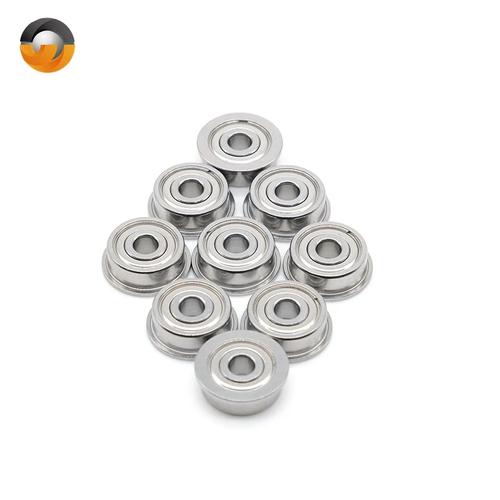The Ultimate Guide to Ball Bearings in Industrial Machinery: Types, Applications, and Maintenance Tips
Ball bearings are indispensable components in industrial machinery, enabling smooth rotational motion by reducing friction between moving parts. These precision-engineered elements enhance equipment efficiency, durability, and load-bearing capacity across manufacturing, automotive, and aerospace sectors. Their unique design featuring rolling elements between inner/outer rings makes them vital for high-speed operations in modern industrial applications.
Table of Contents
1. Types of ball bearings in machinery2. Industrial ball bearing applications
3. Bearing maintenance best practices
4. Heavy-duty bearing specifications
5. Bearing failure analysis
1. Types of ball bearings in machinery

Deep groove ball bearings constitute the most common type, handling radial and axial loads in electric motors and pumps. Angular contact bearings excel in machine tools requiring combined loads management, while self-aligning bearings compensate for shaft misalignment in conveyor systems. Thrust ball bearings specialize in axial load applications like gearboxes, with miniature bearings serving precision instruments. Each variant employs specific cage designs and material compositions to optimize performance in distinct operational environments.
2. Industrial ball bearing applications
Ball bearings facilitate critical functions in CNC machines, maintaining spindle accuracy during high-speed machining. Mining equipment relies on sealed bearings to withstand abrasive environments, while food processing machinery utilizes corrosion-resistant stainless steel variants. Wind turbines employ oversized bearings for rotor shaft support, demonstrating how specialized designs address unique industrial challenges. Proper bearing selection directly impacts energy efficiency and operational lifespan across these applications.
3. Bearing maintenance best practices
Implementing proactive maintenance extends bearing service life by 40-60%. Regular lubrication intervals using manufacturer-specified greases prevent metal-to-metal contact. Vibration analysis detects early wear patterns, while proper storage in climate-controlled environments prevents pre-installation corrosion. Thermal imaging identifies overheating issues before catastrophic failure. Always follow torque specifications during installation to prevent brinelling and ensure optimal preload conditions.
4. Heavy-duty bearing specifications
Heavy-duty applications demand bearings with enhanced dynamic load ratings and specialized heat treatments. Look for ISO 15:2017 compliance and ABEC-5 or higher precision grades. Chromium steel (GCr15) remains standard, while ceramic hybrids offer advantages in high-temperature environments. Consider cage material selection - brass or polymer cages suit different lubrication conditions. Always verify L10 life calculations against operational RPM and load requirements.
5. Bearing failure analysis
Common failure modes include spalling from fatigue wear (23% of cases), lubrication breakdown (31%), and contamination ingress (19%). Metallurgical analysis helps distinguish between material defects and operational stresses. Electrical pitting occurs in variable frequency drive applications, requiring insulated bearings. Proper documentation of failure patterns enables root cause analysis and preventive strategy implementation.
Understanding these five critical aspects - from bearing selection criteria to failure prevention - empowers maintenance teams to optimize industrial operations. Whether addressing vibration issues in centrifugal pumps or selecting bearings for high-temperature kilns, this knowledge directly impacts machinery uptime and operational costs. The following sections provide actionable insights for implementing best practices across different industrial scenarios.
Ball bearings remain the cornerstone of industrial machinery efficiency. By mastering type selection, application-specific considerations, and predictive maintenance strategies, engineers can significantly enhance equipment performance. Implementing these insights reduces downtime, extends component lifespan, and improves overall operational safety in demanding industrial environments.




 13869596835
13869596835